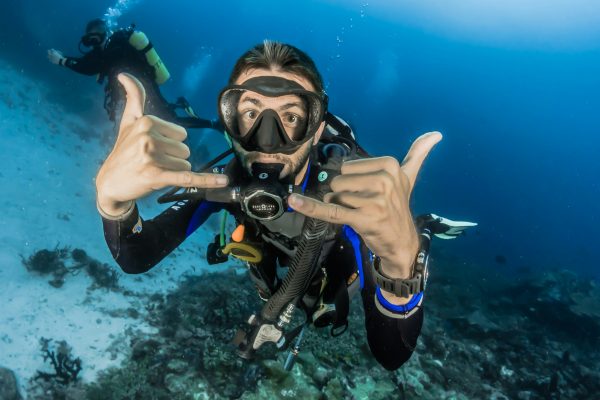Here are the most important and necessary facts to consider if you take a CPR training course.
Meet age requirements
Almost everyone has the right to undergo a course of cardiopulmonary resuscitation. If you can pay the course fee and complete the required responsibilities, you may be eligible for a lifesaving certification.
It is proposed to issue cards to children over the age of 10 years.
Expect the course to take several hours
In general, a basic CPR course takes about three hours. These courses may be longer or shorter depending on the class audience.
For example, if you’re renewing your CPR certificate, it might take less time than a classroom full of new students.
Identify accredited programs
You want to be sure you are getting a certificate from an accredited source. It is always best to contact a reputable organization (eg, AHA, Red Cross) specializing in health and safety.
Their websites have detailed information about their programs and certifications.
Some online programs like aha heartsaver may attempt to sell certificates not affiliated with national institutions. Don’t pay for programs that promise certifications without a skill test or don’t provide certificates in the mail.
Sometimes online programs promise an instant e-course card upon course completion. This is most often a scam and should be avoided.
Avoid scams
A legitimate company will never try to sell you a product. National organizations warn users of scams to sell insurance or other products. Avoid and beware of anyone who asks you to:
- Provide financial or personal information such as unique identification numbers, social security numbers, or passwords.
- Buy insurance on behalf of the AHA or other national organizations.
- Purchase exam answers for certification programs.
Select a class type
Generally, there are three types of classes that you can choose from when earning a certificate: face-to-face, blended, and online. Each has its advantages and disadvantages.
- Face-to-face classes offer personalized instruction. Instructors can track if a student has questions or concerns. It will be easier for you to practice the necessary skills in a real class. However, the downside is that you need to travel somewhere.
- Blended classes offer the flexibility of online courses. It also provides hands-on training. These classes are often not asynchronous and are scheduled at specific times, which can limit availability.
- Online classes are great for flexibility. You can take them at any time and your own pace. However, they often need more individual and hands-on training.

Sign up for a General CPR & AED (Automated External Defibrillator) course
This course is for general cpr training ma, including:
- Emergency breathing and chest compression techniques.
- Infant, Pediatric, and Pediatric CPR.
- CPR with ambulance bag.
- AED usage.
- Suffocating response.
Consider getting a Basic Life Support (BLS) certification
It is a more advanced course taught by certified instructors. It is intended for healthcare professionals and caregivers. It includes training:
- First aid methods.
- Chest compression and artificial respiration.
- Basic life support for shock, drowning, and drug overdose.
- AED usage.
- Working with stroke victims.
- Education on bloodborne pathogens.
Get certified in basic first aid
It is a general course for anyone who wants to learn the basics of first aid and cardiopulmonary resuscitation. Here’s how to respond to:
- Minor/major bleeding.
- Burns.
- Unconscious victims.
- Fainting/Heat Stroke Victims.
- Bites and bites.
- Allergic reactions.
- Breathless.
CPR class names are not standardized. The ones listed here are taken directly from the AHA. Read each course’s description to ensure you are getting a certificate of required/desired skills.





